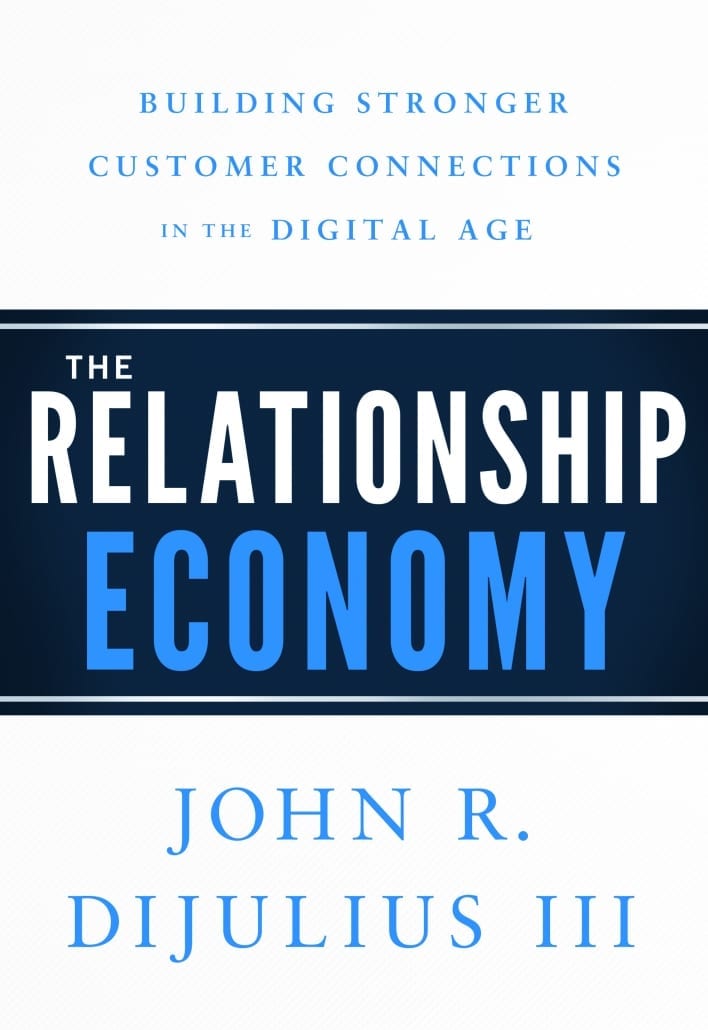Make Your Company Customer-Centric – and Increase Profitability by a Whopping 75 Percent

While there’s no denying that technology has amazing advantages to make it easier for the customer in most cases. But businesses need to provide it in moderation and not at the cost of the human experience. Even in this digital age, personal relationships are critical to building trust and loyalty with customers. Despite all the tech advancements, the disruptive force happening in business today is relationship building.
Research shows that a 5 percent increase in customer satisfaction can increase a company’s profitability by whopping 75 percent. Furthermore, 80 percent of a company’s future revenue will come from just 20 percent of the existing customer base.
Business leaders striving to stand out from the competition need to reinvent their business model to marry digital and human experiences in the best way possible. They need to place their emphasis on customer service in order to dominate in today’s emerging Relationship Economy.
Use these strategies to make your company customer-centric:
1. Recognize the importance of customer service to the bottom line. Executives frequently focus on analyzing the company’s profit and loss to determine where the company is over-spending and being wasteful, and then figure out how to reduce expenses to drive more profit to the bottom line. However, a company’s biggest expense doesn’t show on a P&L, at least not directly. There’s no line item for poor customer service, but nothing may have a greater impact on your bottom line than dissatisfied customers. Poor customer service dramatically causes loss of sales, decline of company reputation, lack of new customers and referrals, increased discounting, lower morale, higher turnover — all further perpetuating a poor customer experience. It’s imperative that every person in your company understands that your biggest expense is dissatisfied customers.
2. Intentionally train employees. Customer service and soft skills aren’t common sense. Companies must intentionally train employees to avoid the traps of a low service aptitude and to embrace the customer’s perspective. The best companies teach their employees to educate customers rather than sell to them. Doing that requires real commitment on the part of a company and someone to make sure that it’s followed up by action.
3. Make customer satisfaction the driving force throughout the organization. It’s clear that developing a customer-obsessed organization extends well beyond your customer service team. It has to be the responsibility of every single department: human resources, training, marketing, support, sales, IT, finance, operations and, most importantly, leadership. Employee compensation needs to be as focused on customer retention — delivering world-class customer service – as it is on customer acquisition.
4. Reallocate advertising and marketing dollars to customer experience. Traditional branding is an old paradigm. Today, marketing is no longer in control of your brand — it’s now the customer who drives public perception through reviews and referrals. Companies weary of spending exorbitant amounts on advertising and marketing are now acknowledging the role of the customer and placing the marketing department under customer experience. Those doing have found that investing in the customer experience has a better return-on-investment than advertising.
5. Work to build repeat customers. A shortsighted obsession with constantly bringing in new customers to your business is significantly more expensive than building an incredible customer experience. Start asking yourself if you’re constantly offering incentives to new customers only. What about rewarding the customers who’ve been loyal and who do business with you regularly, or refer others to your firm? You ignore them at your peril. This is because repeat customers spend more than new customers, give higher satisfaction scores and give referrals more often than new customers.
In the Relationship Economy the primary currency is made up of the connections and trust among customers, employees and vendors that create significantly more value in what you sell. These relationships and connections help make price irrelevant and make your organization the one that customers can’t live without. Companies that flourish in the Relationship Economy will attract a higher percentage of clients who value doing business with a brand that demonstrates not only expertise, but also genuine caring.
About the Author

